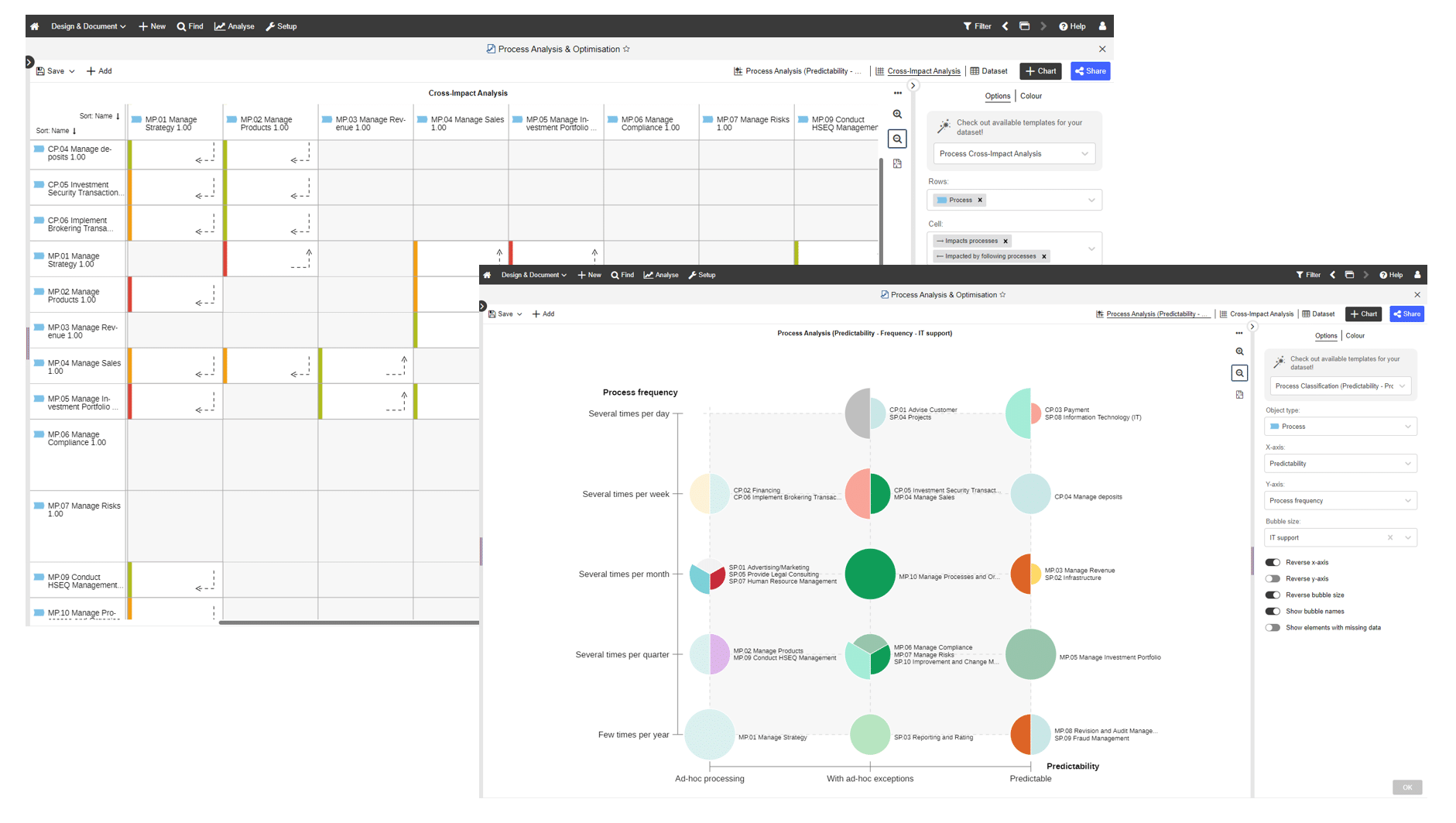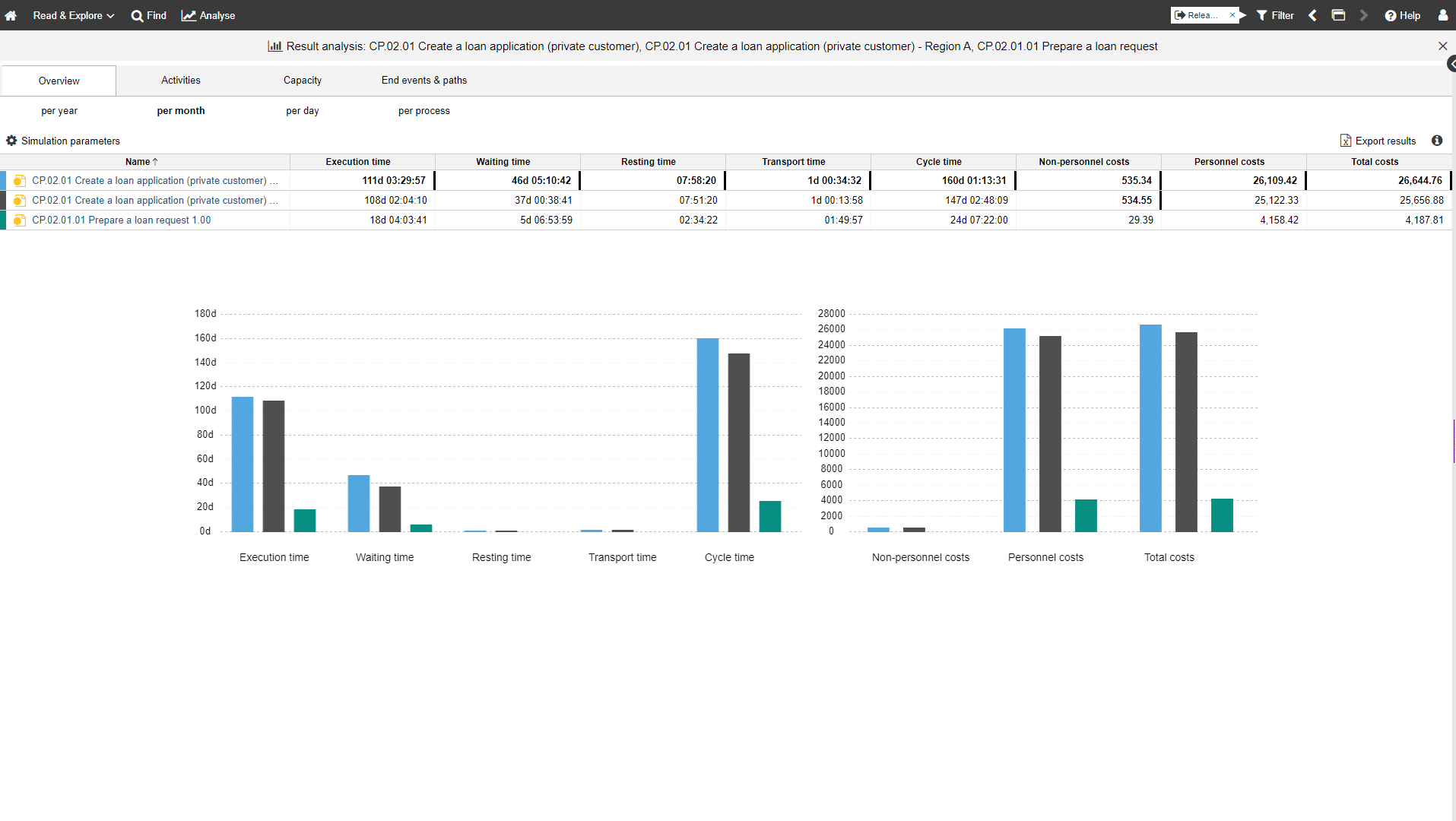Introduction
Business Process Management (BPM) is the art and science of overseeing how work is performed in an organization to ensure consistent outcomes and to take advantage of improvement opportunities. But what does BPM have to do with being ecological and sustainable? In a nutshell, Green BPM is a methodology for designing, improving, and managing business processes with the goal of reducing their environmental impact. This is possible by incorporating sustainability considerations into all aspects of the BPM lifecycle, from process discovery and analysis to implementation and optimization. In addition, Green BPM can help organizations improve their bottom line, attract and retain customers, and comply with environmental regulations.
We are aware that this may sound like a cliché, but we say it nonetheless – everyone has to do their part to protect the environment, especially large organizations. And we are not talking greenwashing, blaming the end-user for littering and consuming, or changing the packaging to earthly colors and slapping a green leaf image on it. It’s about the business transformation and a turn to more sustainable resource consumption. By implementing Green BPM, organizations can save money, improve efficiency, and protect the environment. Read in the following paragraphs, how your organization can implement Green BPM to enhance their sustainability and eco goals.
BPM is green by definition
The end goal of every successful Business Process Management endeavor is to achieve peak efficiency and resource allocation through streamlined, consistent business processes. If one wants to be malicious, we can say that for a, e.g., successful process of a clothing manufacturer, most efficient way to dispose of dirty water from jeans manufacturing is to dump it straight into the local river in Indonesia, but this is not the point we are trying to make. Peak efficiency is when a socially responsible company uses fewer resources than local and global regulations require, while still achieving remarkable success. It is crucial that various departments and roles within the organization communicate and work with clear and efficient processes.
There are two sides to this story: Executing business processes must be efficient, sustainable and effective. For this to be possible, these factors must already be taken into account during process documentation. Process owners, process managers and their designers need to start the design process with sustainability and ecology as key motivators. When designing and documenting the steps in the workflow, they need challenge their assumptions, evaluate whether there are more efficient ways to do this, try to reduce complexity, and consider whether suppliers can play a role in sustainability. This is also the ideal scenario where an organization is embarking on their business journey and is in the early stages of the BPM. If they just follow the principles of Business Process Management, they would achieve sustainability and will be “green” by default and a valuable member of their local, regional and global communities. However, we need to address the mature organizations that have legacy systems in place with “habits” and that are like battleships – very effective but difficult to steer in another direction.
How does business process automation support business sustainability
It is the latter mentioned organizations that need this article. It’s fair to say that most of us know what to do, but let’s go over it again together:
Identifying and reducing resource consumption
This can be done by looking for ways to reduce the amount of energy, water, materials, and other resources used in a process. For example, an organization might switch to more energy-efficient equipment, or it might find ways to reuse or recycle materials.
Minimizing waste
This can be done by looking for ways to reduce the amount of waste produced by a process. The logistics manager can work with the transporters and store and might find ways to reduce the amount of packaging used, or they might improve package quality and transportation safety to reduce damage to transported goods.
Promoting sustainable practices
This can be done by educating employees about sustainability, or by implementing policies and procedures that support sustainable practices. For example, organizations could provide employees with training on how to reduce their environmental impact, or it might implement a policy of recycling all paper and plastic waste.
The more important question is How? and what BPM tools and methods to employ to do so. Here are some important methods to consider:
Analyse the current process portfolio
This involves identifying all of the organization’s business processes and assessing their environmental impact. The bottom line is to have a good process documentation. This means that you use BPM tools like our ADONIS to manage and document processes in detail and can employ powerful analysis capabilities to extract information from your process portfolio. And there is another benefit – creating a digital twin of your organization with a tool such as ADONIS instead of documenting processes on paper and in files, helps you reduce the direct impact by cutting down paper consumption and space waste. It’s a win-win.
Use process mining to discover inefficiencies
Process mining is a technique that can be used to uncover hidden patterns and inefficiencies in business processes. This information can then be used to identify opportunities for improvement. If you are interested in this topic, you can learn more about process mining on our website.

The BPM suite ADONIS provides powerful analysis capabilities
Optimize your processes
Obviously, if your processes are inefficient, optimization is in place. We have a whole article on this topic if you want to discover the world of how to optimize processes and reap the benefits.
Use process simulation to test the changes
Process simulation is a technique that can be used to test the impact of changes to a business process before they are implemented. This can help to ensure that the changes will have the desired effect on the environmental impact of the process.

The ADONIS simulation engine in action
Implement the changes
Once the changes have been identified and tested, they need to be implemented. This can be a challenging process, as it requires the cooperation of all stakeholders. Publishing and communicating changes is easier with a company-wide tool that can be accessed by the end-readers to learn about the improvements of their daily operations. Read more about BPM marketing in your organization in our blog post.
Summary
In this article you could learn why implementing BPM is inherently green and sustainable and how can you take your already existing BPM portfolio to the next level of sustainability. In principle it should be welcomed by everyone and cheered, but the challenges of implementing Green BPM include the high cost, resistance to change, lack of data, and lack of leadership. That is why you will need to collaborate and engage your stakeholders in order to achieve success in going “green”. With ADONIS, our state-of-the-art BPM Suite, you will be able to achieve all of the above and more. ADONIS is the tool of choice for documenting and managing processes, providing strong capabilities for process analysis and optimization. With ADONIS Simulation you can test your changes before implementing, and you can use ADONIS Process Automation to further optimize your processes. Finally, you can connect ADONIS with your company wikis, such as SharePoint or Confluence and distribute process information to the whole organization.
Measure the success of Green BPM initiatives by tracking your reduced environmental impact, improved efficiency, increased profitability, and enhanced reputation. Successful transformation will benefit both the organization but also the local, regional, and depending on your footprint, global environment. And who doesn’t want that?






